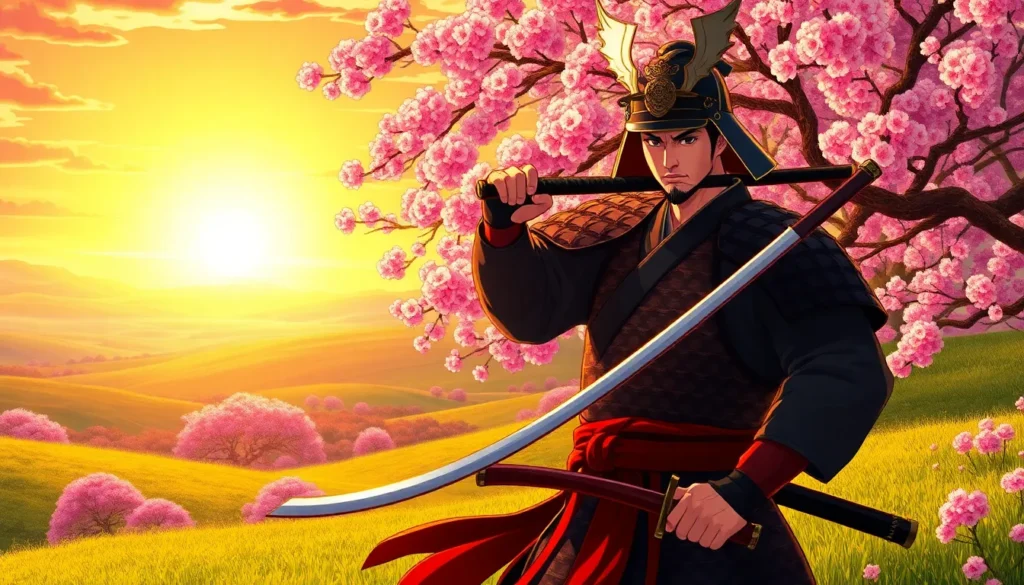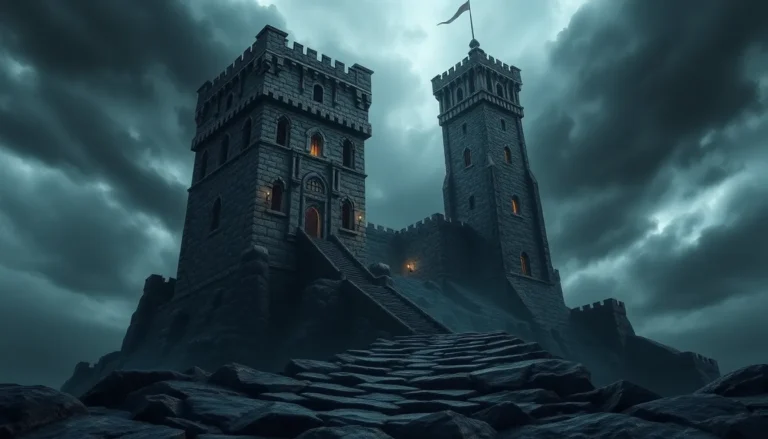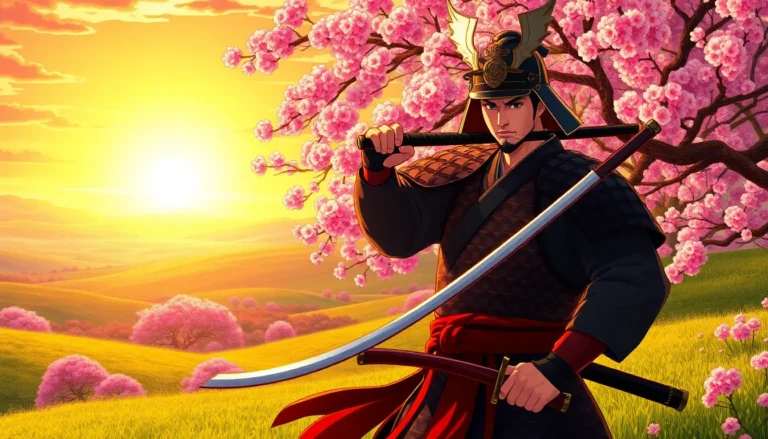Table of Contents
ToggleIn the vast, breathtaking world of Ghost of Tsushima, players embark on an epic journey filled with samurai honor, stunning landscapes, and a sprinkle of Mongolian mayhem. But before they can start slicing through enemies like a hot knife through butter, they might wonder: just how many acts are there in this immersive tale? Spoiler alert: it’s not just a stroll through cherry blossoms.
With a rich narrative woven into its gameplay, Ghost of Tsushima presents a structure that keeps players on their toes. Each act unfolds like a well-crafted haiku, revealing new challenges and emotional depths. So grab your katana and settle in as we slice through the details of this action-packed adventure, ensuring you’re armed with all the knowledge you need before diving into the fray.
Overview of Ghost of Tsushima
“Ghost of Tsushima” immerses players in Japan’s feudal era, showcasing breathtaking visuals and a narrative steeped in samurai lore. Set during the Mongol invasion, it follows Jin Sakai’s journey as he embraces the path of the ghost to protect his homeland. Players engage in combat that balances stealth and swordplay, offering varied gameplay experiences.
The game’s narrative unfolds over three acts, each filled with distinct objectives and characters. In the first act, Jin meets allies and uncovers the initial impacts of the invasion. This act introduces core mechanics, allowing players to adapt to the world around them. The scenery varies from lush forests to serene mountains, enriching the player’s experience.
By the second act, characters undergo significant development as Jin’s struggles deepen. New regions and challenges emerge, prompting players to think strategically. Relationships with allies grow complex, adding emotional weight to the missions.
The third act culminates the story with high-stakes confrontations and resolutions to plot threads introduced earlier. Players face moral dilemmas that challenge their understanding of honor and sacrifice. Each act builds on the last, creating a narrative flow that keeps players engaged.
Throughout “Ghost of Tsushima,” the blend of combat, exploration, and storytelling captures the essence of samurai culture. Players journey through a rich world, embodying the spirit of resilience as they confront the forces threatening Tsushima. This structure not only enhances gameplay but also amplifies the emotional resonance of Jin’s story.
Act Breakdown
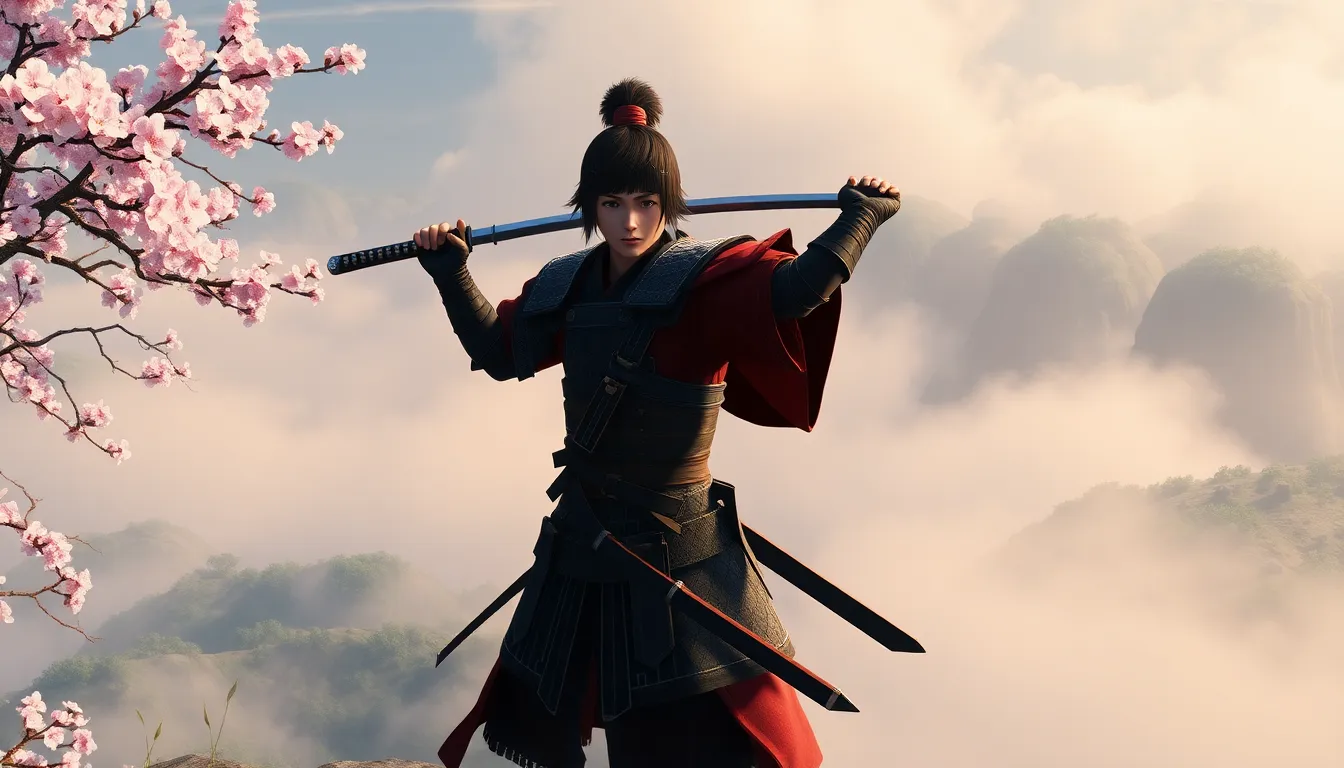
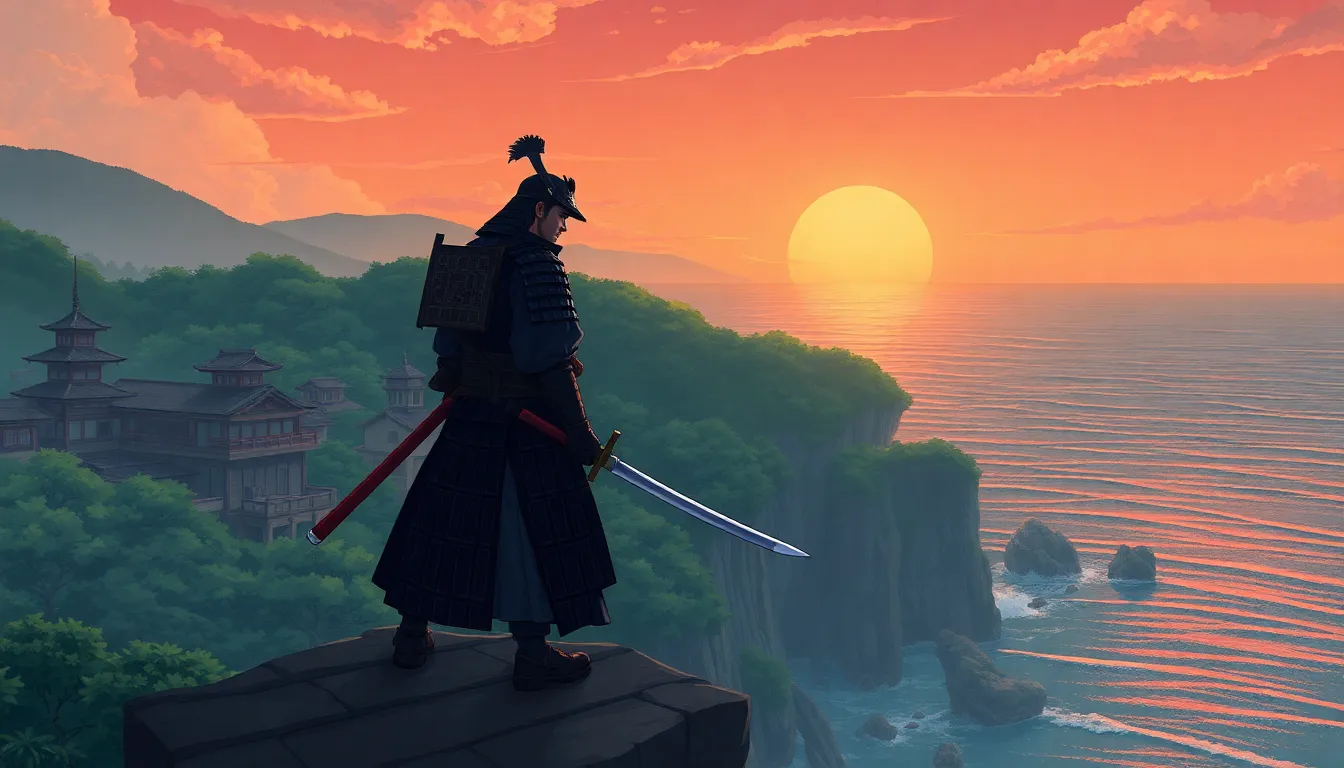
“Ghost of Tsushima” unfolds across three distinct acts, each deepening the narrative and enhancing player engagement.
Act One: The Land of Tsushima
In Act One, players explore the initial repercussions of the Mongol invasion. Jin Sakai faces the loss of his homeland and loved ones, introducing the urgency of his quest. He meets vital allies like Lady Masako and Yuna, who guide him on his journey. The act sets the tone for Jin’s transformation, blending traditional combat with stealth mechanics. Players navigate beautiful landscapes, encountering enemies while gathering resources to bolster their efforts.
Act Two: The Tale of Jin Sakai
Act Two escalates the emotional stakes. Here, Jin confronts personal dilemmas that test his values and relationships. He uncovers the depths of betrayal, leading to intense interactions with allies and foes. New gameplay elements enhance strategy, with additional skills and techniques becoming available. The act emphasizes Jin’s evolution from a samurai to the ghost, forcing players to reconcile honor with survival.
Act Three: The Final Confrontation
The climax occurs in Act Three, where tensions peak as Jin faces overwhelming odds. High-stakes confrontations challenge players as they fight for Tsushima’s future. Relationships reach pivotal moments, influencing endings and decisions. This act brings together all narrative threads, showcasing the culmination of Jin’s journey. Players experience the weight of his choices, making the final battle not just an action sequence but also an emotional resolution.
Narrative and Gameplay Flow
The narrative structure in “Ghost of Tsushima” engages players through three distinct acts, each designed to deepen the experience. Act One introduces the dire consequences of the Mongol invasion and marks Jin Sakai’s transformation. Players experience his tragic loss while forming critical alliances with characters like Lady Masako and Yuna. Combat merges with stealth mechanics here, encouraging exploration of Tsushima’s stunning landscapes.
Act Two escalates emotional tension and confronts Jin with personal dilemmas that challenge his values. Betrayal reveals itself, resulting in intense narratives filled with strategic gameplay. Decisions impact relationships with both allies and adversaries, offering broader gameplay options.
The story reaches a climax in Act Three. High-stakes confrontations await as Jin faces insurmountable odds. Relationships culminate here, affecting potential endings and Jin’s character arc. Choices in this act highlight the emotional weight of his journey, marking the final battle as a significant resolution rather than merely an action-packed moment.
The uninterrupted flow of narrative and gameplay invites players to embody a samurai’s resilience. This dynamic interplay of storytelling, exploration, and combat not only captivates but also immerses players in the rich tapestry of samurai culture during Japan’s tumultuous feudal era. Each act contributes to an epic that’s both visually striking and emotionally resonant.

